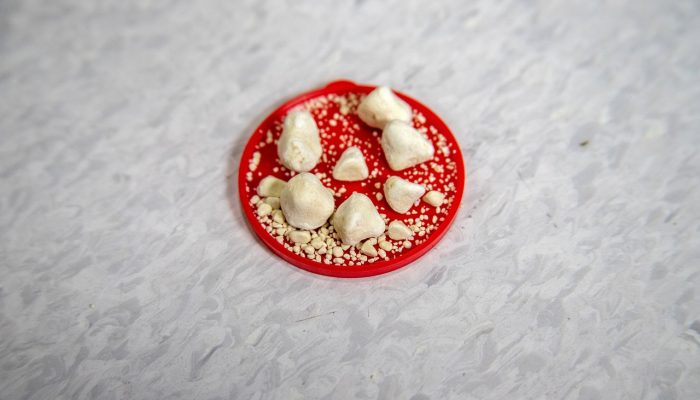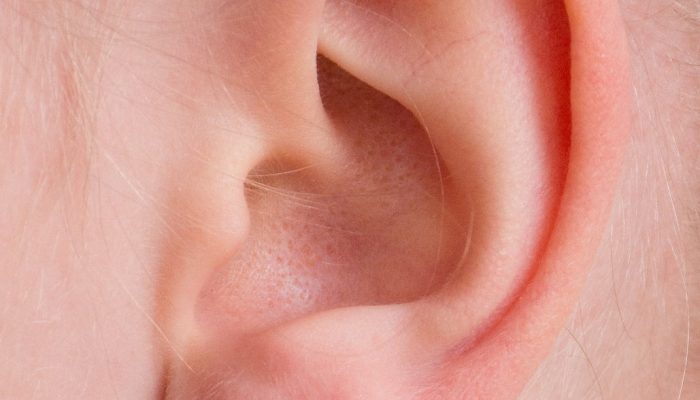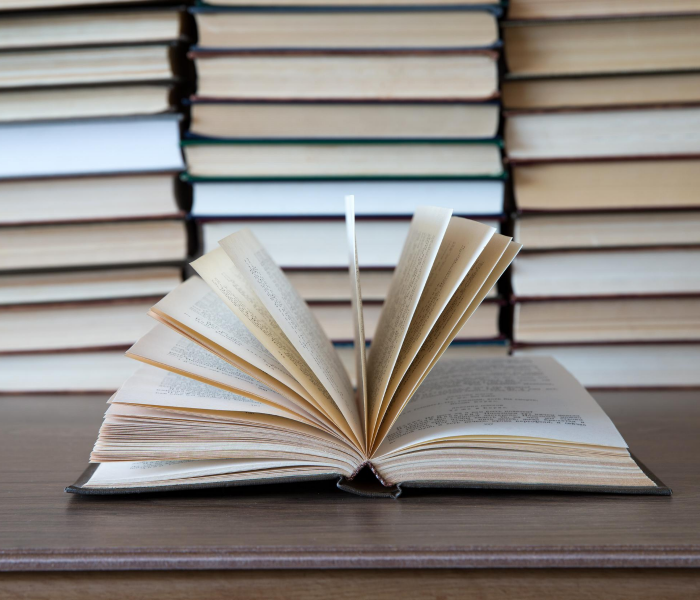Introduction
The ear is one of the most fascinating, and often most neglected, organs in the human body. It quietly governs two vital senses: hearing and balance. Yet, for most people, the ear is taken entirely for granted until something goes wrong, an infection, a sudden loss of hearing, a dull ringing that won’t fade.
From a homeopathic perspective, ear problems often reflect more than just a local disturbance. They can signal an imbalance in the body’s inner harmony, a call for attention that goes beyond the ear itself. Homeopathy listens to these signals, both literally and metaphorically, interpreting the symptoms as part of a broader story.
This article explores how homeopathy can support ear health, focusing on two of the most common ear problems, and touching on a third that affects millions of adults: tinnitus.
The Quiet Epidemic — Why Ears Deserve Attention
Ear problems are astonishingly common, though they rarely make headlines. In the UK, around one in seven adults experiences tinnitus, a persistent ringing, buzzing or humming sound with no external source. That’s nearly eight million people who live with a noise only they can hear. Hearing loss, too, affects roughly half of those over 55, and that figure climbs steeply with age.
Among children, the statistics are even more striking. By their fifth birthday, around 80% of children will have had at least one episode of otitis media, an infection or inflammation of the middle ear. In many families, it’s a recurring nightmare of feverish nights and inconsolable crying. For some children, this develops into otitis media with effusion, or “glue ear”, leading to hearing difficulties that can affect speech and learning.
Meanwhile, otitis externa, better known as “swimmer’s ear”, can plague adults and children alike. It accounts for roughly 1–3% of GP visits for ear problems each year, and anyone who has experienced that deep, throbbing earache after a swim will know just how unpleasant it can be.
Common Ear Problems: A Closer Listen
1. Otitis Media (Middle Ear Infection and Glue Ear)
In acute otitis media (AOM), pain often comes on suddenly and dramatically, a red-hot, pulsating ache deep within the ear, sometimes accompanied by fever or irritability. In children, this can appear as sleeplessness, crying, or pulling at the ear.
Otitis media with effusion (OME), or glue ear, is more insidious. There may be no pain at all, just muffled hearing and speech delay. The eardrum remains intact but fluid lingers behind it like a trapped puddle.
Conventional medicine manages these conditions with watchful waiting, antibiotics (when truly needed), or surgical interventions such as grommets in recurrent cases. The homeopath, however, sees a pattern, a child prone to infections, sensitive to damp weather, or one who always falls ill after a cold wind. These constitutional tendencies guide remedy selection, with the goal of reducing susceptibility rather than merely suppressing symptoms.
2. Otitis Externa (The Irritated Ear Canal)
Otitis externa, or “swimmer’s ear”, is a painful inflammation of the outer ear canal. It’s often triggered by moisture, trauma from cotton buds, or underlying eczema. The canal becomes red, swollen and exquisitely tender. Sometimes there’s a discharge; at other times, an unbearable itch.
This condition beautifully demonstrates the need for balance: over-cleaning and under-cleaning can both invite trouble. A homeopath approaches this as a disturbance in the body’s self-regulating mechanisms, a local expression of an internal imbalance.
While conventional management focuses on antibiotic or steroid drops, homeopathy may be used alongside medical treatment to soothe inflammation, reduce recurrence, and support the body’s natural healing response.
3. Tinnitus (The Persistent Inner Ringing)
Tinnitus is not a disease, but a symptom, a phantom sound generated within the auditory system. For many, it’s a mild nuisance. For others, it’s life-altering, interfering with concentration, sleep and peace of mind.
About 14% of UK adults experience tinnitus at some point, and a small but significant proportion suffer it constantly. It’s associated with noise exposure, hearing loss, circulatory changes, and sometimes emotional tension.
From a homeopathic viewpoint, tinnitus is a deeply individual experience, its pitch, rhythm, intensity and associated sensations all hold diagnostic clues. Remedies such as Chininum sulphuricum, Salicylic acidum or Lycopodium may be considered, depending on the broader symptom picture.
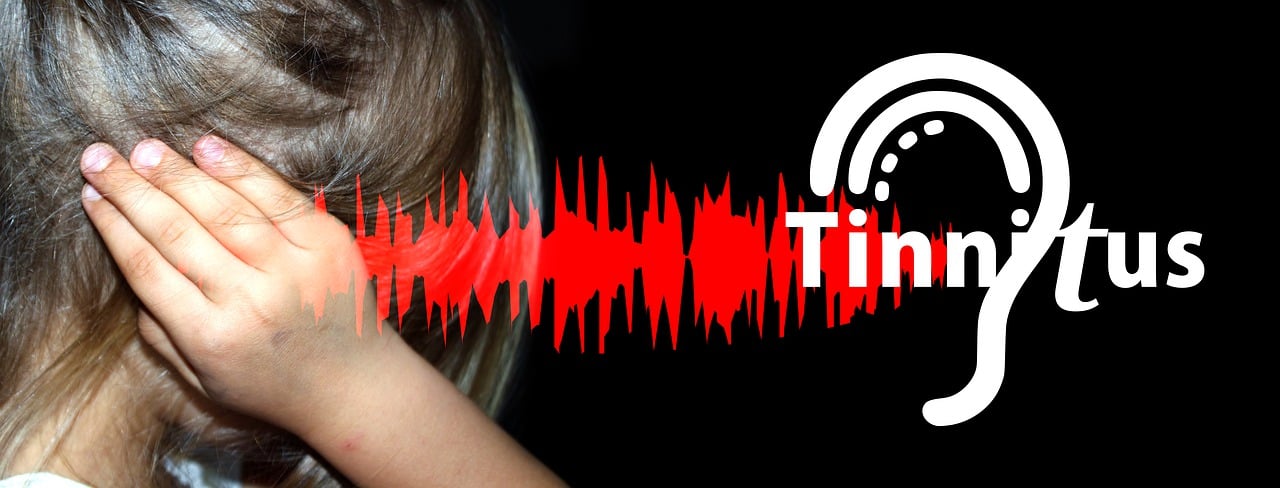
How Homeopathy Approaches Ear Health
Listening Beyond the Symptom
Homeopathy’s essence lies in individualisation, the understanding that no two earaches are identical. One person’s pain might be fiery, bursting and relieved by warmth (Belladonna); another’s could be slow, throbbing and aggravated by touch (Hepar sulphuris). A child might cling tearfully and improve in the open air (Pulsatilla), while another becomes irritable and sensitive to noise (Chamomilla).
The homeopath observes, questions, and builds a holistic picture, not just of the ear, but of the person. The chosen remedy aims to stimulate the body’s self-healing capacity, not to kill infection in the pharmaceutical sense, but to nudge the system back towards balance.
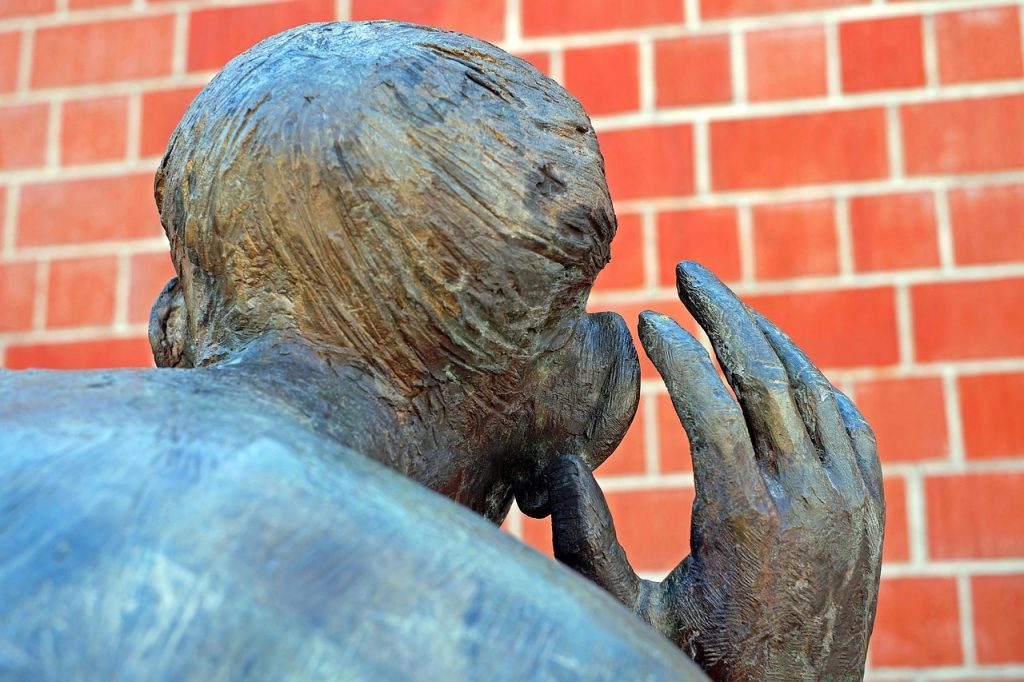
Measuring Progress
In an age of evidence-based practice, even subtle therapies benefit from measurable outcomes. For a child with glue ear, tympanometry can monitor middle-ear fluid. For tinnitus, questionnaires like the Tinnitus Handicap Inventory can track changes in distress levels.
Remedies in Context (Not Prescriptions)
Certain remedies frequently appear in the repertory for ear disorders, though their selection always depends on the total symptom picture:
- Belladonna – Sudden onset, throbbing pain, flushed face, high fever, worse on the right side.
- Pulsatilla – Mild, changeable symptoms; worse in a warm room, better in open air; often for affectionate, emotional children.
- Hepar sulphuris – Sharp, splinter-like pains; extreme sensitivity to cold or touch; tendency to suppuration.
- Silicea – Chronic, recurring infections or discharges; slow healing; delicate constitutions.
- Calcarea carbonica – For children prone to repeated infections, who sweat on the head at night and catch colds easily.
These are not to be taken as over-the-counter solutions, but as examples of how remedy choice follows an individualised logic.
Ear Health Beyond Remedies
Homeopathy also guides patients in practical ear care:
- Keep ears dry after swimming or bathing.
- Avoid inserting cotton buds or objects into the canal.
- Stay alert to allergies or eczema that may affect the ear.
- Manage colds and sinus issues early, as they often precede middle-ear problems.
- Seek medical help without delay for severe or sudden symptoms.
The goal is not simply to avoid illness, but to cultivate resilience, a body that responds swiftly and proportionately to challenges.

A Balanced Perspective
Given that millions of people each year experience ear discomfort, and with antibiotic resistance an ever-present concern, exploring safe complementary approaches makes sense, provided that safety, transparency and integration remain central.
Final Thoughts
The ear may be small, but it has a big story to tell about our internal balance physically, emotionally, and energetically. When listened to attentively, its symptoms can guide both patient and practitioner toward deeper health.
Homeopathy offers a gentle, individualised way of responding to those signals. It helps the body to do what it was designed to do: heal itself, when given the right support.
In the words of many experienced homeopaths, “the best outcomes occur when we listen, not only with our ears, but with understanding”.Final Thoughts
Our reading room’s an opportunity to have personal time browsing our shelves full of wisdom.
The Helen Campbell Homeopathy Foundation SCIO is a registered educational charity focused on sharing homeopathy’s fascinating history and wonderful wisdom. We’re here to inform, not prescribe!

